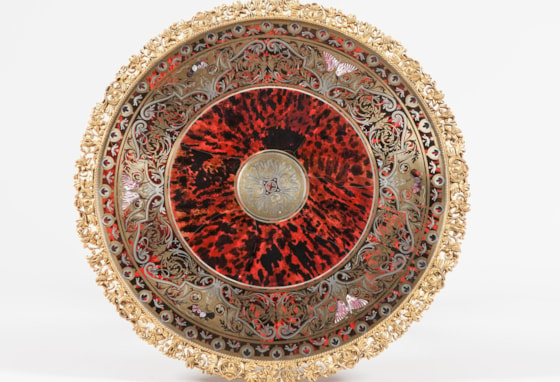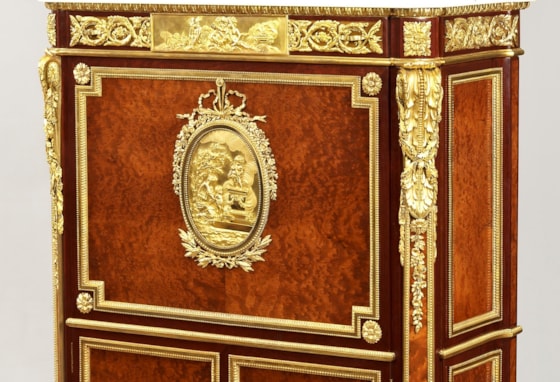Latest Stories
June 2022
English Furniture of the Georgian Period
June 2022
English Furniture of the Georgian PeriodIt is very likely when someone thinks about English furniture, one would envision pieces which are finely crafted, brown in colour, and representing the epoch of comfort and grand English country houses – all characteristics that shape the Georgian period. This extensive period witnessed some of the greatest and most influential designers and furniture makers in England’s history, such as William Kent, Robert Adam, Thomas Chippendale, George Hepplewhite, and Thomas Sheraton.
Georgian furniture is not titled due to its physical characteristics, but the alignment of the reigns of four consecutive English Kings, fittingly all named ‘George’, spanning from 1714 to 1830. The early period was marked with England ruling the waters with ships in ports all over the world, trading for exotic goods such as spices, textiles, and woods and discovering new ornamentations for architecture and furniture design. An English banker who successfully backed such mercantile conquests built grand country house, Osterly Park. Decoration and furnishings by Thomas Chippendale and Robert Adam – the Andy Warhol’s of their time - decorated Osterly Park.
The supreme characteristic of Georgian furniture is the predominance of exotic hardwoods with striking textural grains, such as mahogany from Cuba, San Domingo, South America or the West Indies; rosewood from Brazil, Honduras, and India; and satinwood from the West Indies. A striking example of the romaticization of exotic woods is this unusual Circular Table (ref. 6767) inlaid with eight different specimen woods on mahogany ground creating an eye-catching vortex design. Woods so rare that our timbers expert, Dr Adam Bowett, could not identify them all.

Ref. 6767, A Remarkable Late Georgian Circular Table, circa 1825. Butchoff Antiques, London.
The ornamentation of Georgian furniture is characteristically tasteful, inlaid with contrasting woods or gilded in gold leaf, and ornamentation of carvings with architectural motifs inspired by Classical Greece and China. A secretaire bookcase (ref. 7139), attributed to John McLean of London, incorporates the finest qualities of Georgian furniture. The bookcase rises from compressed ball brass feet and is constructed from a well-figured goncalo alves timer which is tastefully accented with gilt brass accents inspired by Classical Antiquity.

Ref. 7139, A Regency Period Secretaire Bookcase, attributed to John McLean of London, circa 1810. Butchoff Antiques, London.
The Georgian Period was the golden age of household entertainment. Grand homes such as Chiswick House in London were built with the intention to entertain and showcase fine art and contemporary interior decoration. Hosts would have stylish and functional furnishings and objects to entertain guests for hours or even days. Serving tables were and still are very utilitarian pieces for most rooms, or principally entertaining rooms, providing surfaces to hold silver serving platters dressed with food, porcelain ceramics, candelabra, fresh flowers or decorative objects.
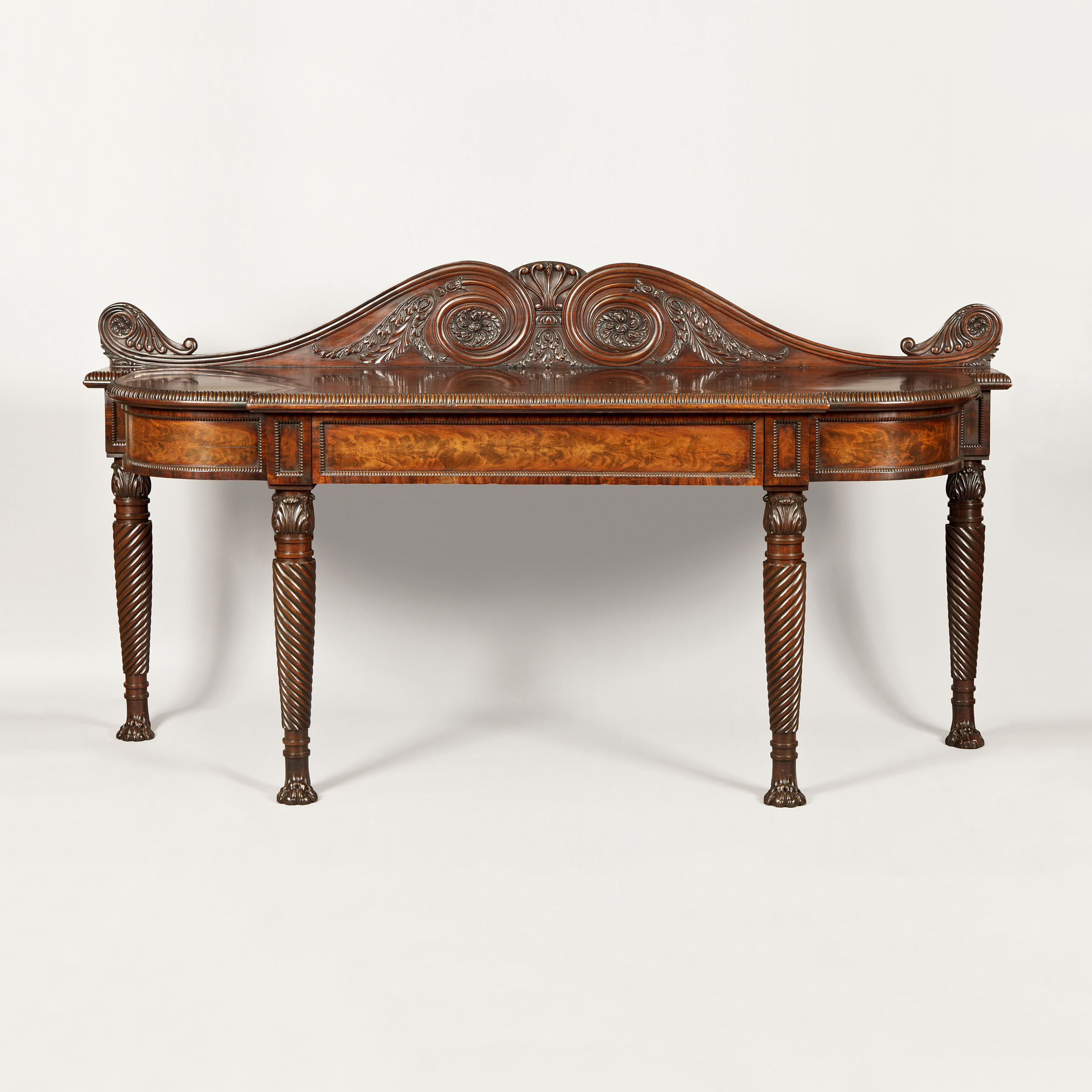
Ref. 7819, A Very Fine Georgian Serving Table of the Regency Period, circa 1820. Butchoff Antiques, London.
Often a decorative wine cooler would sit beneath, filled with ice and beverages, and on either side of the table would sit coordinating cupboards housing plates and silver ware. Such an arrangement would be very similar to this mahogany Georgian Serving Table (ref. 7819) with Chinese inpsired ‘hairy paw’ feet and a decorative serpentine back incorporating well executed Graeco-Roman carvings, with this open top mahogany wine cooler (ref. 5919), and this pair of side cupboards (ref. 8382) adorned with similar carvings.
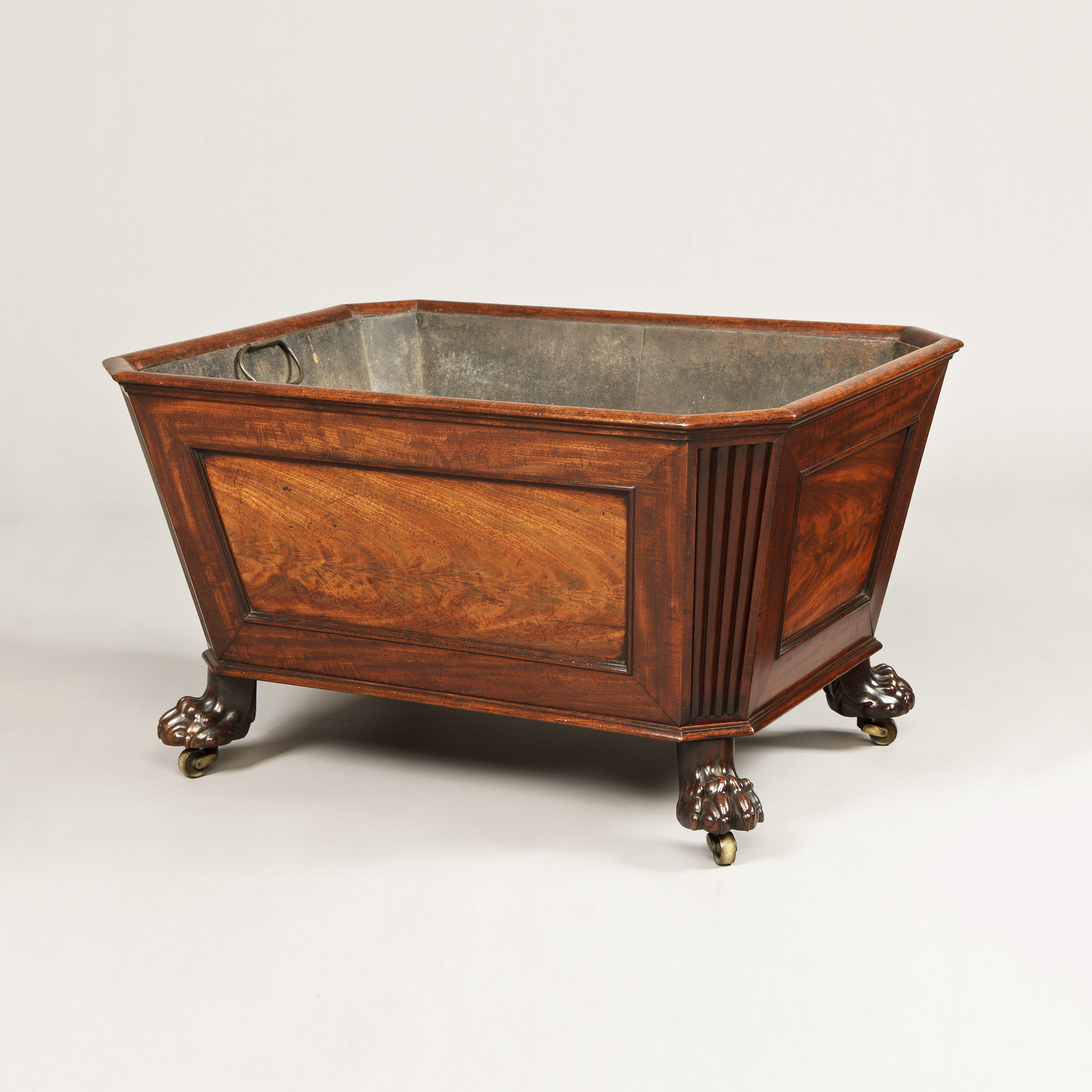
Ref. 5919, A Fine Quality Mahogany Open Top George III Wine Cooler, circa 1815. Previsouly with Butchoff Antiques, London.
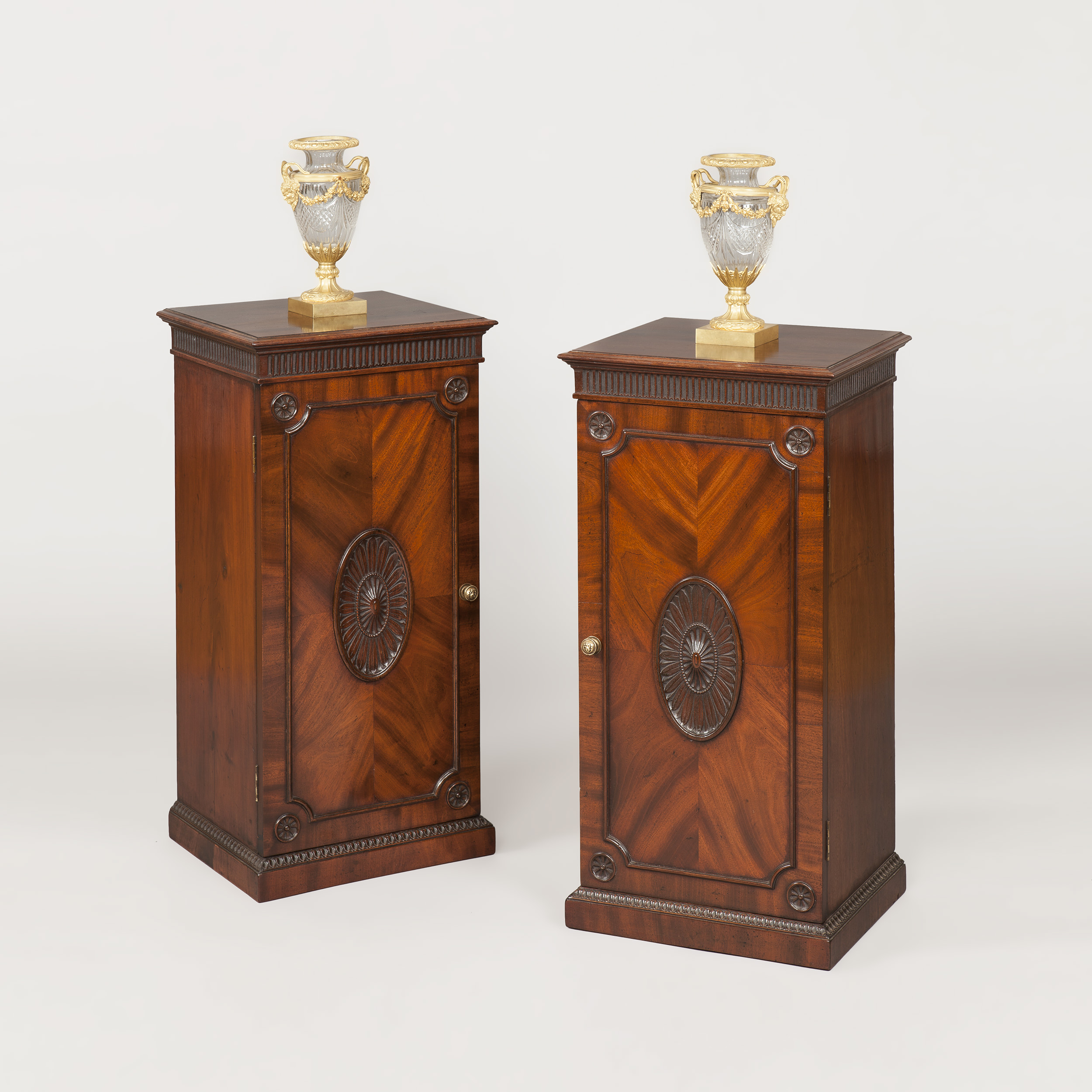
Ref. 8382, A Pair of Georgian Side Cupboards, circa 1820. Previously with Butchoff Antiques, London.
Naturally as the Georgian period came to a close, the style had developed aesthetically over time. Progressing from subtle and fine carved details to more dramatic carvings that would evolve into the Regency Period. An example of the progression is this Pair of Late Georgian Period Armorial Armchairs (ref. 8557). As their grand size, curving and tapering back legs, and robust carvings represent awareness for new designs; yet also keep in the principles of the Georgian period.

Ref. 8557, A Pair of Late Georgian Armorial Armchairs of Important Size, circa 1825. Previously with Butchoff Antiques, London.
The Georgian period is a hallmark for English design and decoration. The taste for Georgian furniture has never necessarily gone too far out of style. By the mid-twentieth century Georgian furniture was revived in both England and America through the interior decorating style renowned as the ‘English Country House Style’, which still continues today to influence contemporary designers and decorating trends.
By Rainier Schraepen
The Technique and Influence of ‘Boulle’ Marquetry on 19th Century Furniture
Marquetry is the art of creating intricate pictures and elaborate designs on furniture by skilfully cutting and fitting together thin pieces of domestic and exotic woods, horn, ivory, metal, shell, and other precious materials. Marquetry designs are derived from arabesque and grotesque ornament. While this highly specialized and studied art has roots in ancient times, it was brought to a high level of refinement and popularity in the 17th and 18th centuries in France.
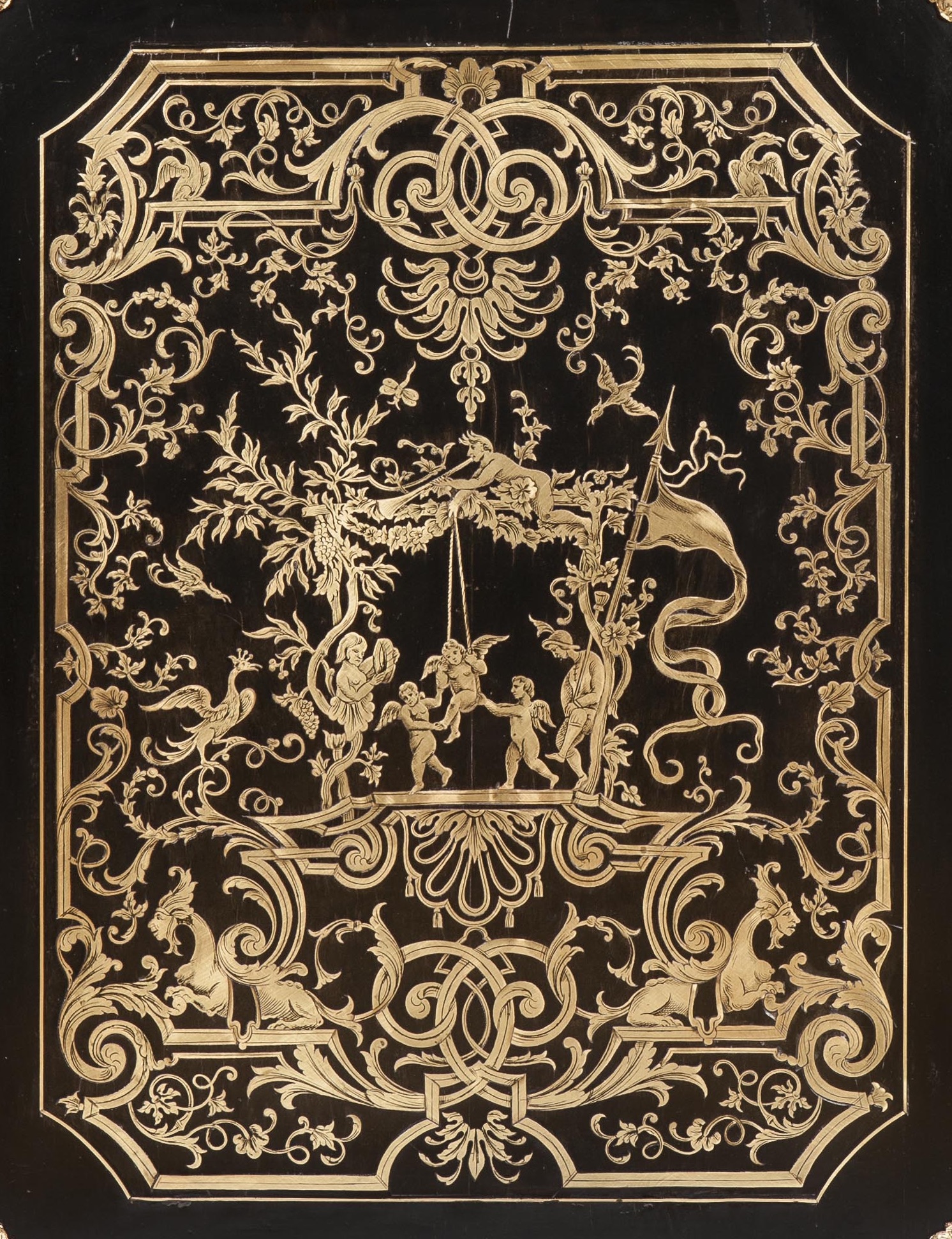
Figure 1. A True Pair of Side Cabinets in the Manner of Andre Charles Boulle (detail). Previously with Butchoff Antiques, London.
André-Charles Boulle’s name is synonymous with the technique known as ‘Boulle’ marquetry. Although not the inventor of the craft - Boulle’s skillful practice of combining contrasting black ebony with gilded bronze and tortoiseshell inlaid with intricate designs of silver-toned pewter and brass is associated as one of the most opulent and expensive form of decoration of furniture. Boulle’s work took two different forms: première partie - pattern in metals with the background in tortoiseshell; and contre partie - pattern in tortoiseshell with the background in metal. Occasionally tortoiseshell is lined on the reverse with a tinted metal foils, such as gold leaf or red, to enhance the naturally spotted patterns of the shell.

Figure 2. A 'Boulle' Marquetry Guéridon. Previously with Butchoff Antiques, London.
Imagine how these pieces of furniture would have looked in the early 18th century. An interior room only lit by daylight and candlelight at night, and how the brass inlay and gilt bronze mounts would have brilliantly flickered amongst the dark. They would have been beacons of light reflecting an impression of grandeur and wealth. The combination of gilt bronze and brass surfaces were revolutionary to the furniture and decoration world.
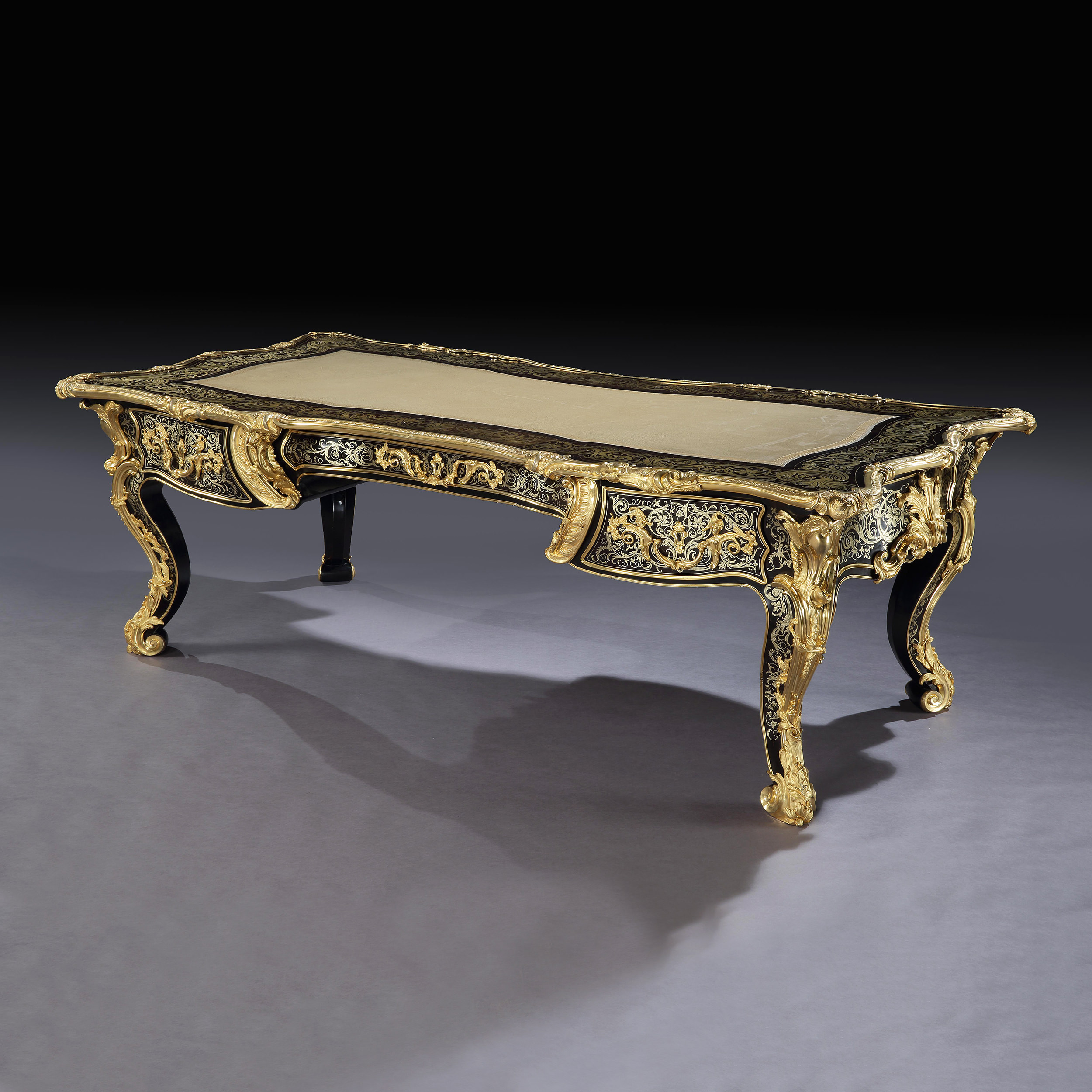
Figure 3. A Bureau Plat in the Louis XIV Manner, by Toms and Luscombe shown at the 1862 International Exhibition. Butchoff Antiques, London.
Over forty-two years, Boulle supplied furniture and interior finishes for King Louis XV and XIV, the Queen, the Grand Dauphin, and many financiers, ministers and important officials throughout Europe. Currently many of Boulle’s attributed works are in some of the finest museums, as well as royal and private collections throughout the world. An authenticated work at auction today would cost quite the fortune, let alone the materials to create a custom-made piece.
Boulle lived from 1642 – 1732 and was received as a Maître Ébéniste in 1666 quickly becoming known as the most skillful artisan in Paris. He was appointed by King XV to ‘Ébéniste du Roi’ in 1672 granting him the royal privilege of lodging in the Palais du Louvre with special permission to work in both bronze and wood. He produced furniture as well as works in gilt bronze, such as chandeliers, wall lights, mounts for furniture, interior decorative details and parquet floors.
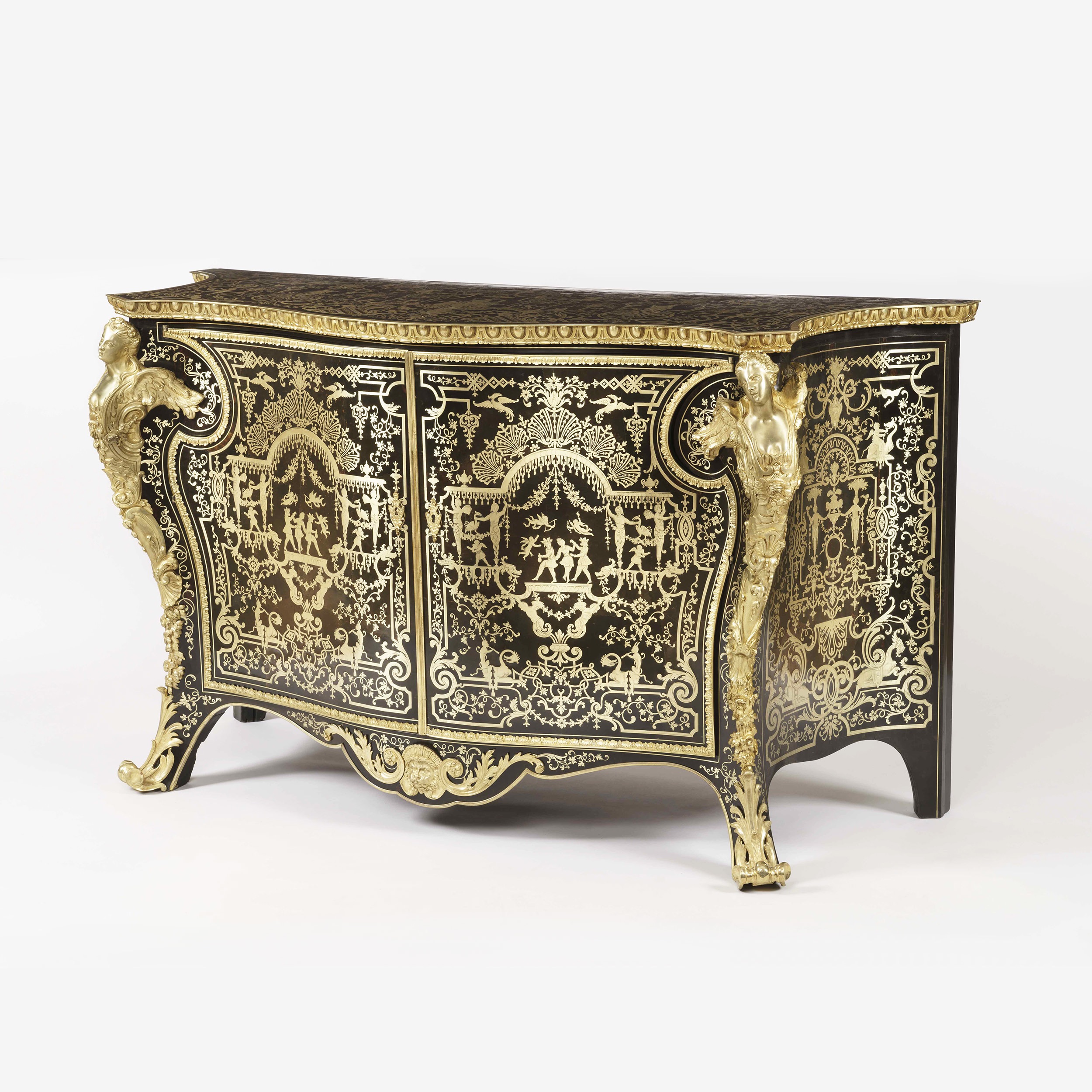
Figure 4. A Fine Commode, by Mellier and Company in the Manner of André-Charles Boulle. Butchoff Antiques, London.
Boulle’s influence in the design and furniture world has lasted for hundreds of years. This has been aided by the circulation of his designs illustrated in books of engravings, published around 1720. Designs included various models of furniture, such as bureau plats, tables, cabinets, pedestals and clocks, offering options for different forms and features, such as assorted leg styles, marquetry decoration, and gilt bronze mounts. An example is of this stylistic influence is the conception of this highly unusual serpentine commode by Mellier (Ref. 9045, fig. 4) constructed in tortoiseshell and brass in premiere-partie Boulle work.
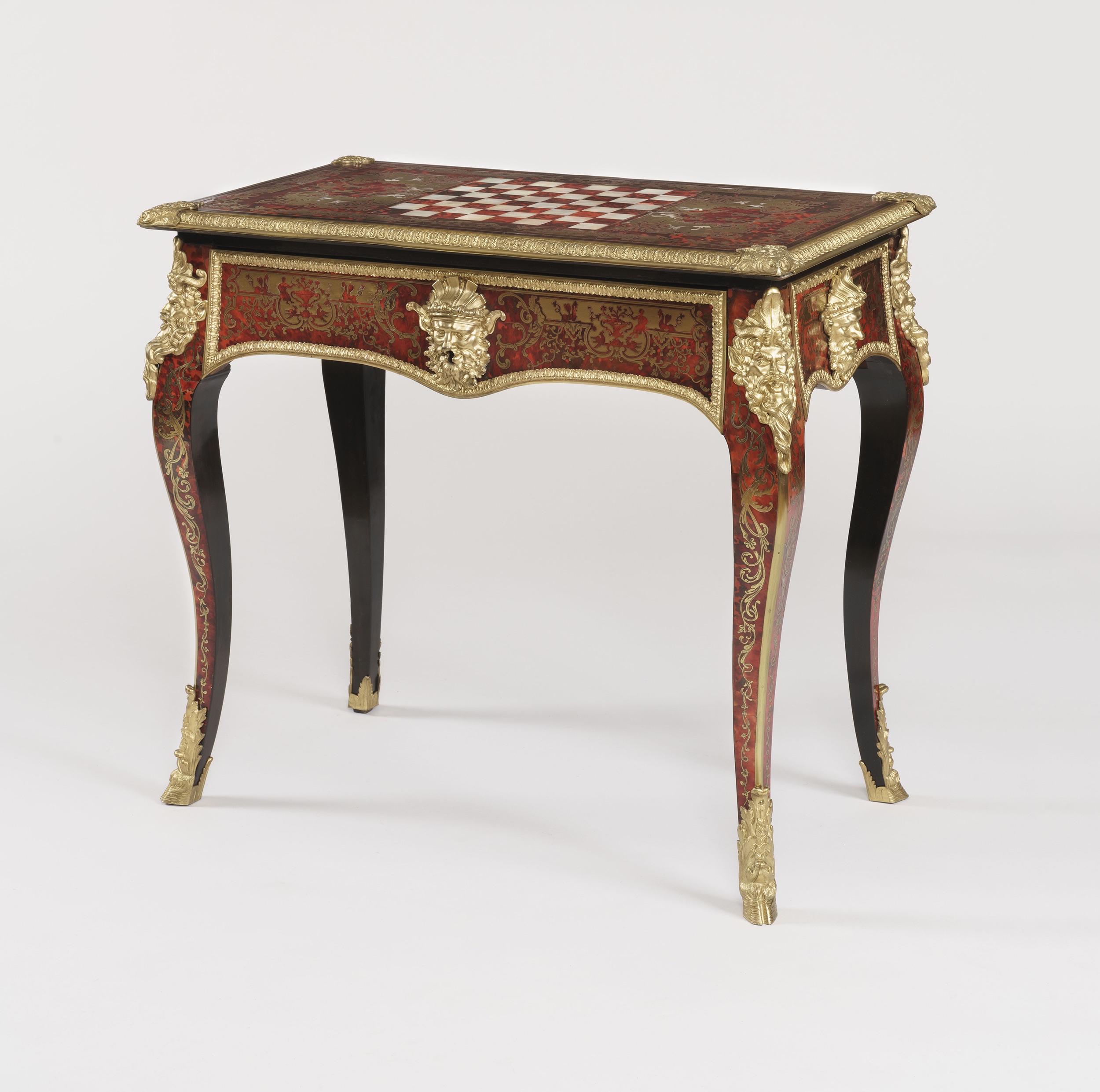
Figure 5. A Fine Games Table of the George IV Period, attributed to Thomas Parker. Butchoff Antiques, London.
Boulle’s ormolu bronze mounts were largely inspired by Classical mythology, such as the Bacchus mask as seen on this bureau plat (fig. 6) symbolically portrayed with grape vine garlands and a crown. The bureau plat demonstrates a beautiful and eye-catching play of contrasting black ebony wood against the gold of gilded bronze and brass inlay. The drawers are enriched with tortoiseshell ground and foliate brass ornamentation and all four corners are mounted with female masks which flow into foliate waterfalls melting into the ebony and brass inlay.

Figure 6. A Fine Bureau Plat in the Manner of André-Charles Boulle. Butchoff Antiques, London.
The inspiration for the Bacchus mount designs likely derive from a medal cabinet attributed to André Charles Boulle dated circa 1710-15 that is now in the J. Paul Getty Museum (84.DA.58) in Los Angeles, California.
by Rainier Schraepen
Furniture and Decoration in the Louis XVI Style
The Louis XVI style is one of the most prominent and most often imitated styles for furniture and interior decoration. The style, of course, is named after the French King Louis-Auguste who succeeded Louis XIV and Louis XV, both of whom are also associated with their own iconic styles of furniture and interior decoration.
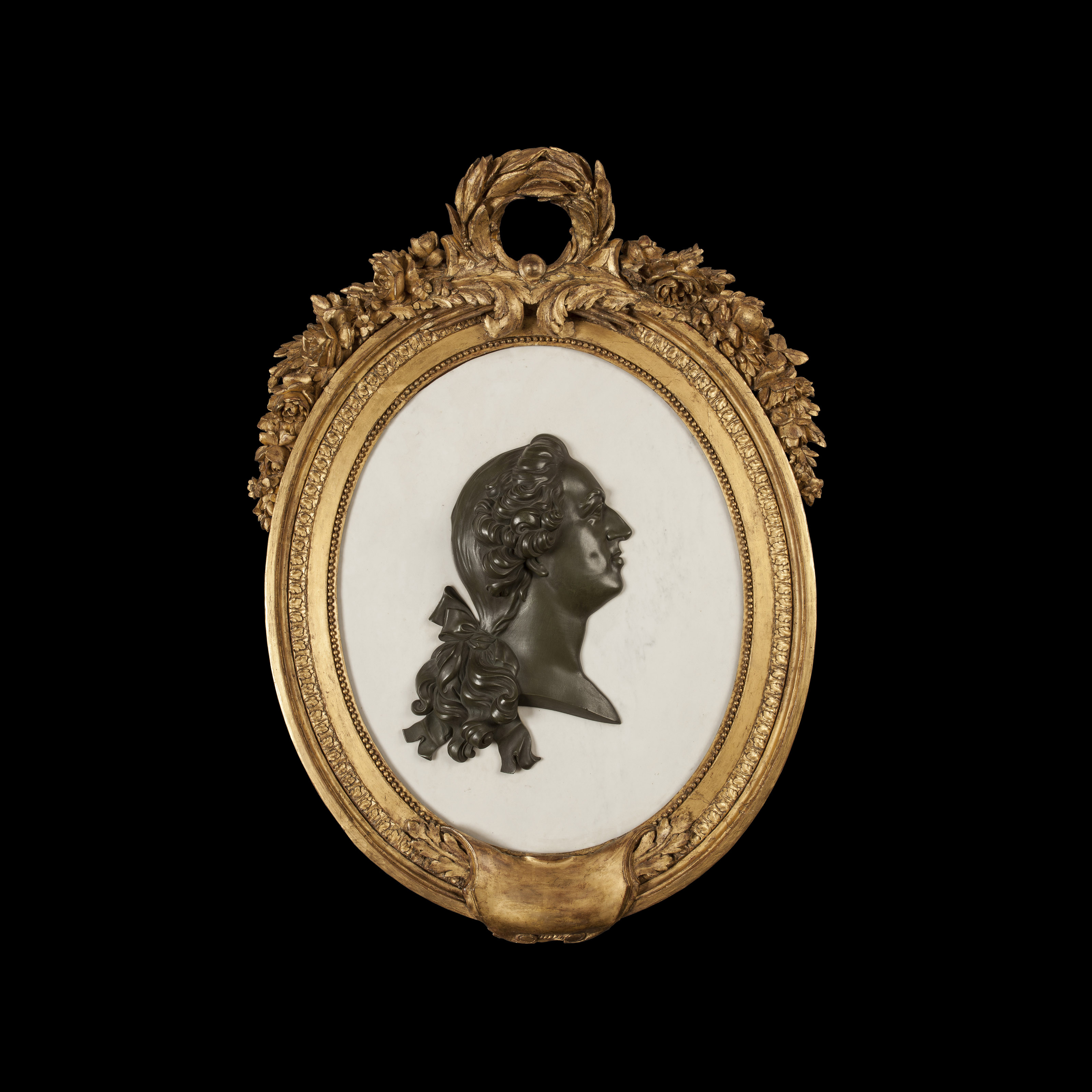
Figure 1. A Marble And Bronze Neo-Classical Portrait Of King Louis XVI. Previously with Butchoff Antiques, London.
The Louis XVI style dates from around 1760 to 1790, and follows the ideals of the English Neoclassical style with which it coincided: a return to the principles and aesthetics of Classical Antiquity. The style is characterized by an emphasis on straight lines and classically inspired decorative motifs.
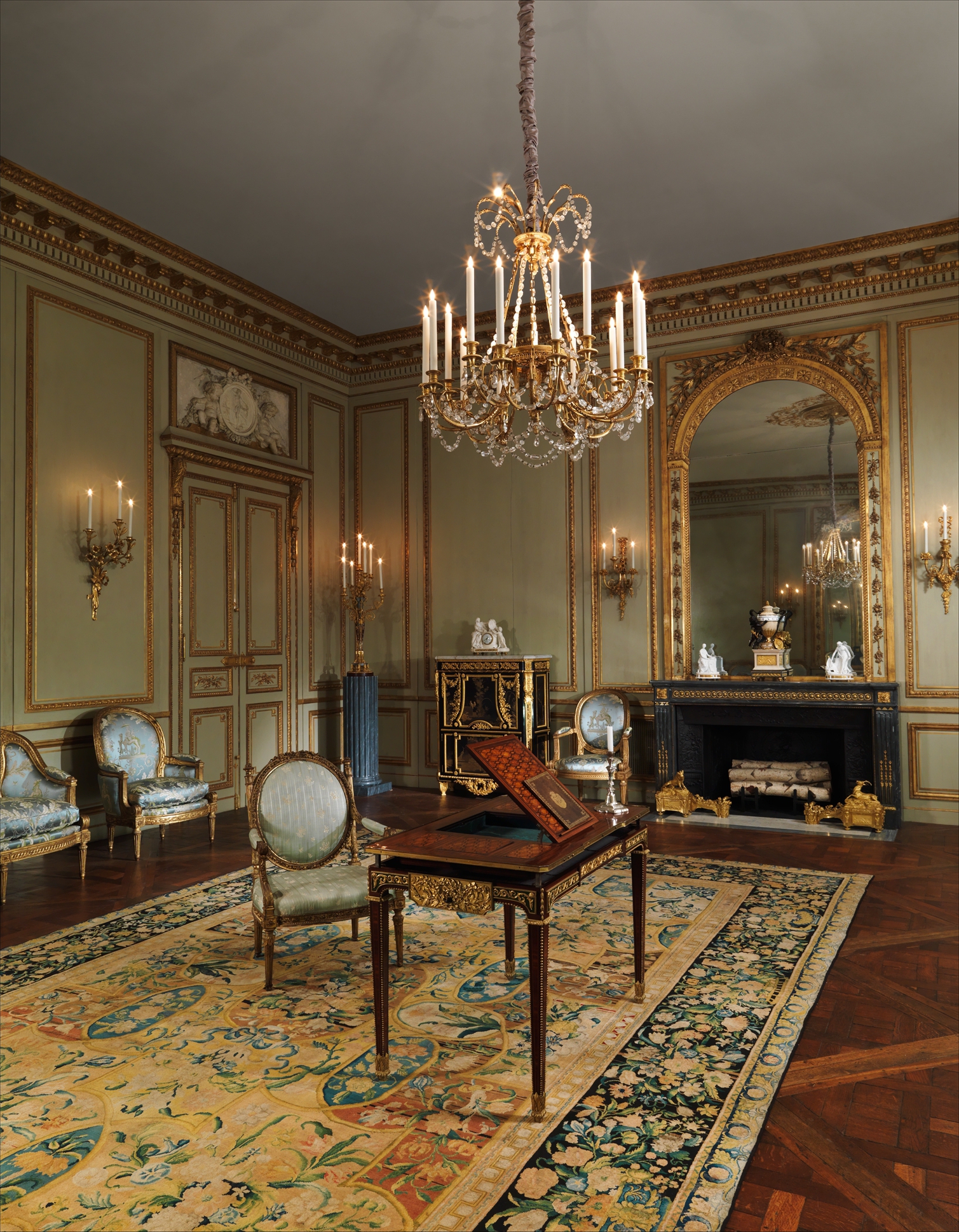
Figure 2. Grand Salon from the Hôtel de Tessé, Paris , ca. 1768–72.
Made by Nicolas Huyot. On view at The Met Fifth Avenue in Gallery 528.
There is a restraint in decoration compared to the previous Louis XV and Rococo periods, though it is no less opulent or lacking in gilded surfaces. Louis XVI furniture features less floral marquetry, instead showcasing solid veneers of wood framed by straight classically inspired gilt bronze mounts, as shown in this pair of ormolu-mounted plum pudding mahogany occasional tables by Paul Sormani (fig. 3).

Figure 3. A Matched Pair of Side Tables in the Louis XVIth Manner, by Paul Sormani. Previously with Butchoff Antiques, London.
The burgeoning style was supported and encouraged by the Queen, Marie-Antoinette, who commissioned the decoration and furnishings for her many apartments at the royal residences of Versailles (fig. 4), Saint-Cloud, Petit Trianon, and Grand Trianon in this latest fashion.
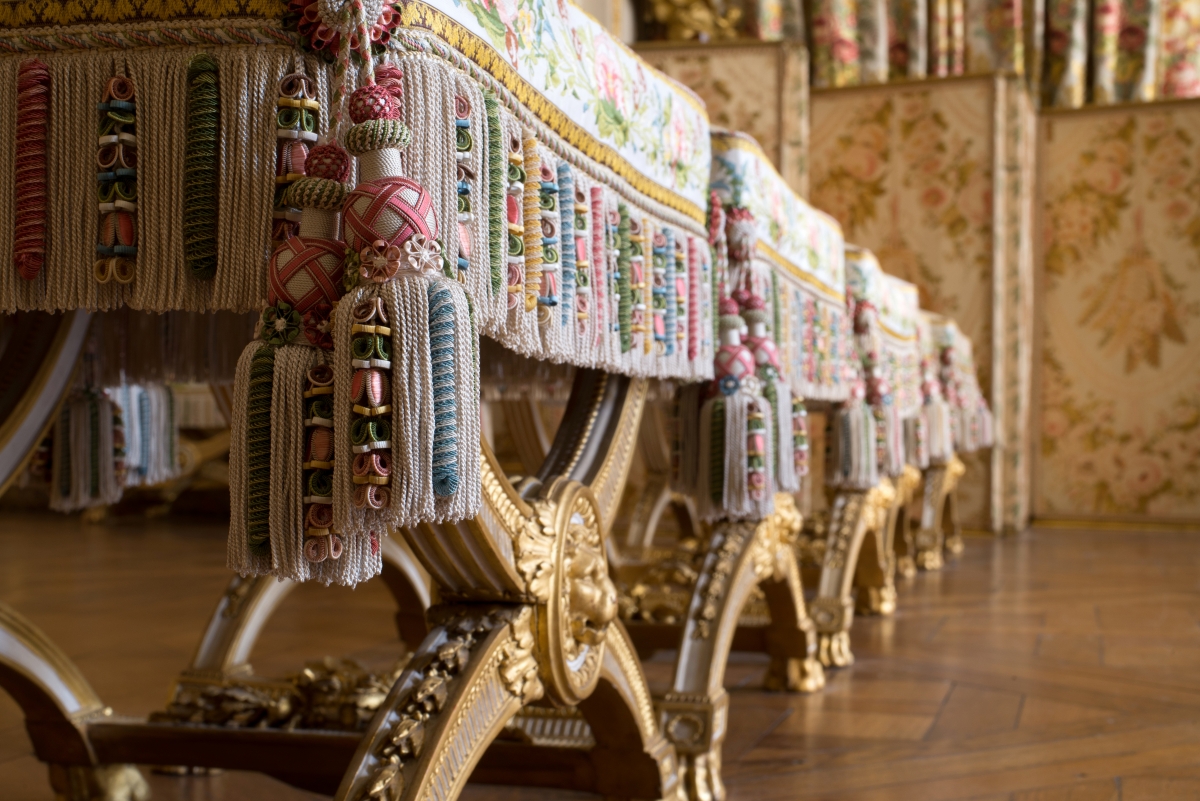
Figure 4. Louis XVI's Clothes Cabinet, Château de Versailles. Courtesy of Palace of Versailles.
The French Revolution (1789-1799) forced hundreds of millions worth of possessions and property of the Crown to be sold, making many of these pieces available on the art market. Many items were destroyed, while others have trickled down into today's galleries and museums throughout the world, such as the Louvre, the Metropolitan Museum of Art, the Victoria and Albert Musuem, and the Wallace Collection.
The importance, beauty, and rarity of these furnishings and objects d’art became increasingly widely recognised, as an international crowd of wealthy individuals and members of the aristocracy began to enthusiastically collect them. In the second-half of the nineteenth century, many faithful copies or similar models were commissioned for private collections, including many of the pieces pictured in this article.
Riesener supplied furniture of incredible luxury, demonstrating his ingenious sense of design and meticulous craftsmanship. Pieces included materials of imported Japanese lacquer with gilt, mother-of-pearl, and richly gilded ormolu mounts. A commode now at the Metropolitan Museum of Art was made by Riesener in 1783 (20.155.12) for Marie Antoinette’s Cabinet Interieur at Versailles, likely inspired this model by Henry Dasson (fig. 5), which is adorned with similarly finely cast gilt bronze mounts and imported black and gilt dusted Japanese panels.
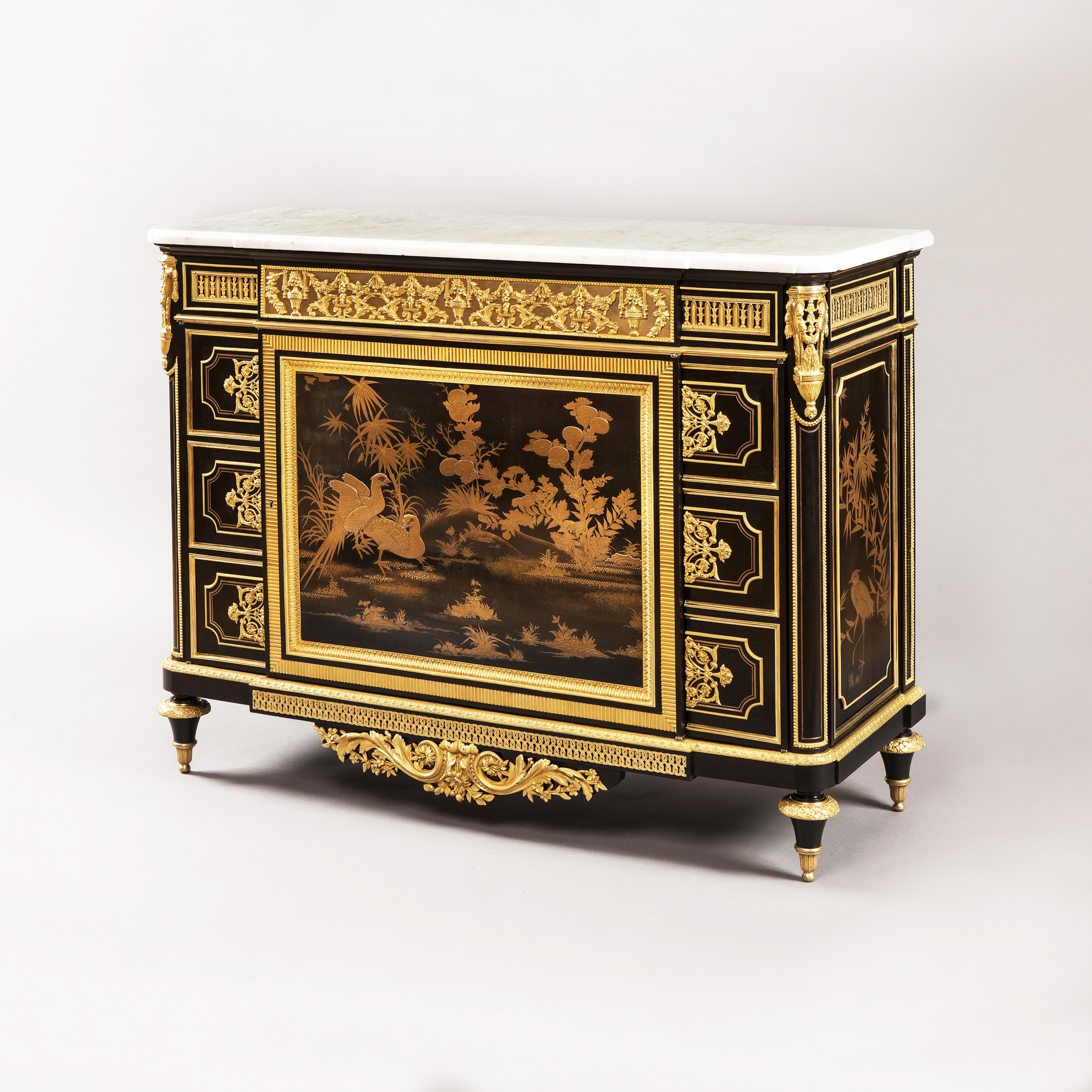
Figure 5. A Magnificent Louis XVI Style Commode, firmly attributed to Henry Dasson of Paris. Previously with Butchoff Antiques, London.
This bespoke English secretaire (fig. 6) was made after a model by Riesener, circa 1783, delivered for Marie-Antoinette’s private study at the château of Versailles, and which is now part of the Wallace Collection, London (F303). The central bronze mount on the drop-front depicts a classically inspired allegorical scene of ‘A Sacrifice of Love’, which was likely intended for the Queen’s amusement.

Figure 6. An Exceptionally Rare Secrétaire, after the J.H. Riesener example in The Wallace Collection. Previously with Butchoff Antiques, London.
Adam Weisweiler (1744–1820) is notable for his designs and selling his works works through merchants, such as Daguerre, who had royal ties, and fellow ébenistes like Riesener.
He is especially well known for his trademark-interlaced stretcher, demonstrated on this fine escritoire after a design by Weisweiler (fig. 7). The significance of this piece is that it is similar or based upon the design of a secretaire attributed to Weisweiler, circa 1790, that is believed to have been one of the last pieces delivered by Daguerre for Marie-Antoinette at Versailles before the Revolution, and is now in the collection of the Metropolitan Museum of Art (58.75.57).
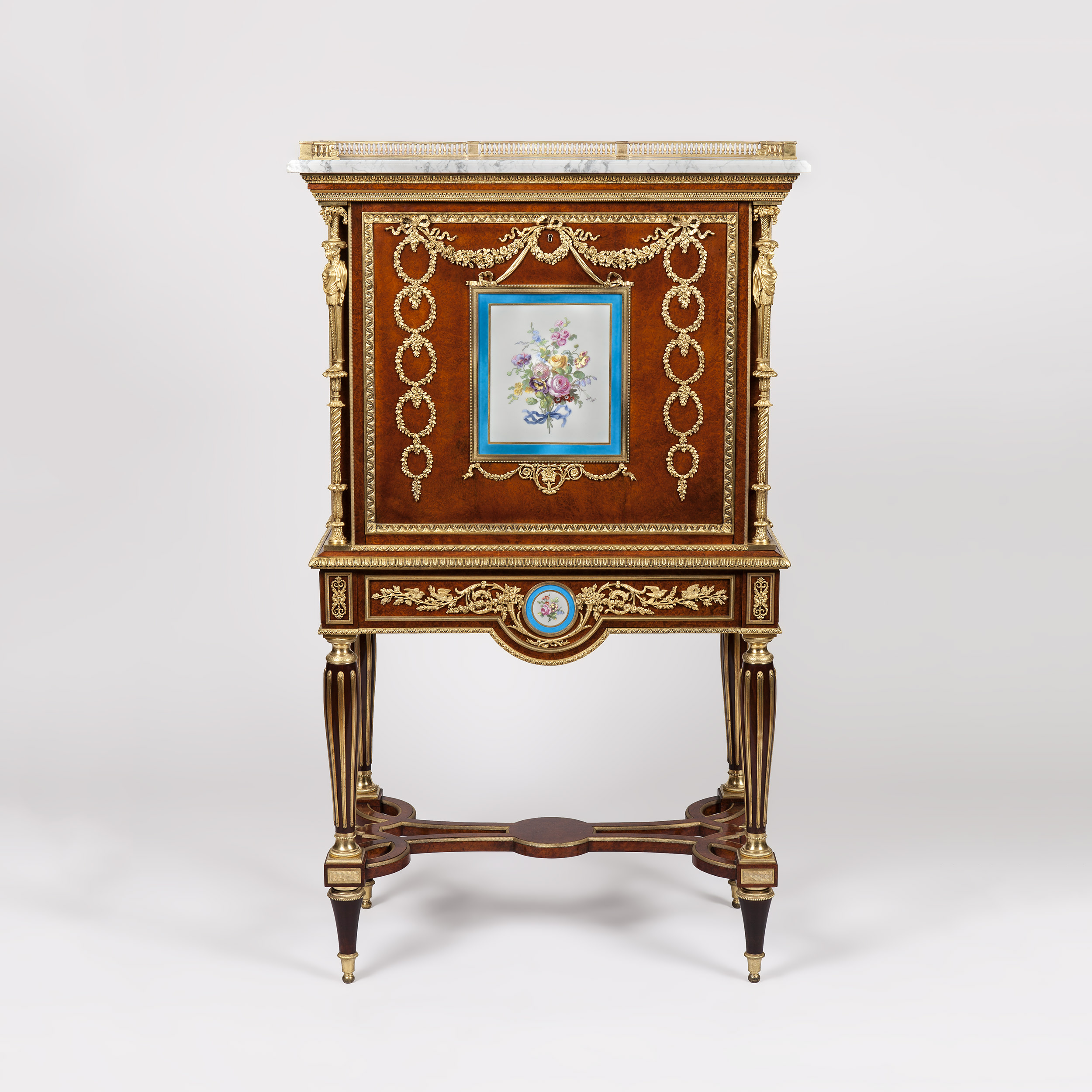
Figure 7. A Fine Escritoire, after a Design by Adam Weisweiler. Previously with Butchoff Antiques, London.
Giltwood chairs and settees were principal pieces of decoration and function in Louis XVI interiors, like this pair of giltwood armchairs (fig. 8). Chair frames were hand-carved out of wood, such as fruitwood, beech or walnut, and sometimes incorporated gesso, and adorned with decorative motifs of florals, foliates, garlands and classical figures. Upholstery was typically of hand-sewn silks in floral or classical designs, or damask or tapestry in colours of creams and pastel colours. Seating was either pushed against a wall or in the center of the room, likely accompanied by elegant and classically inspired side tables (fig. 9), conducive to conversation.
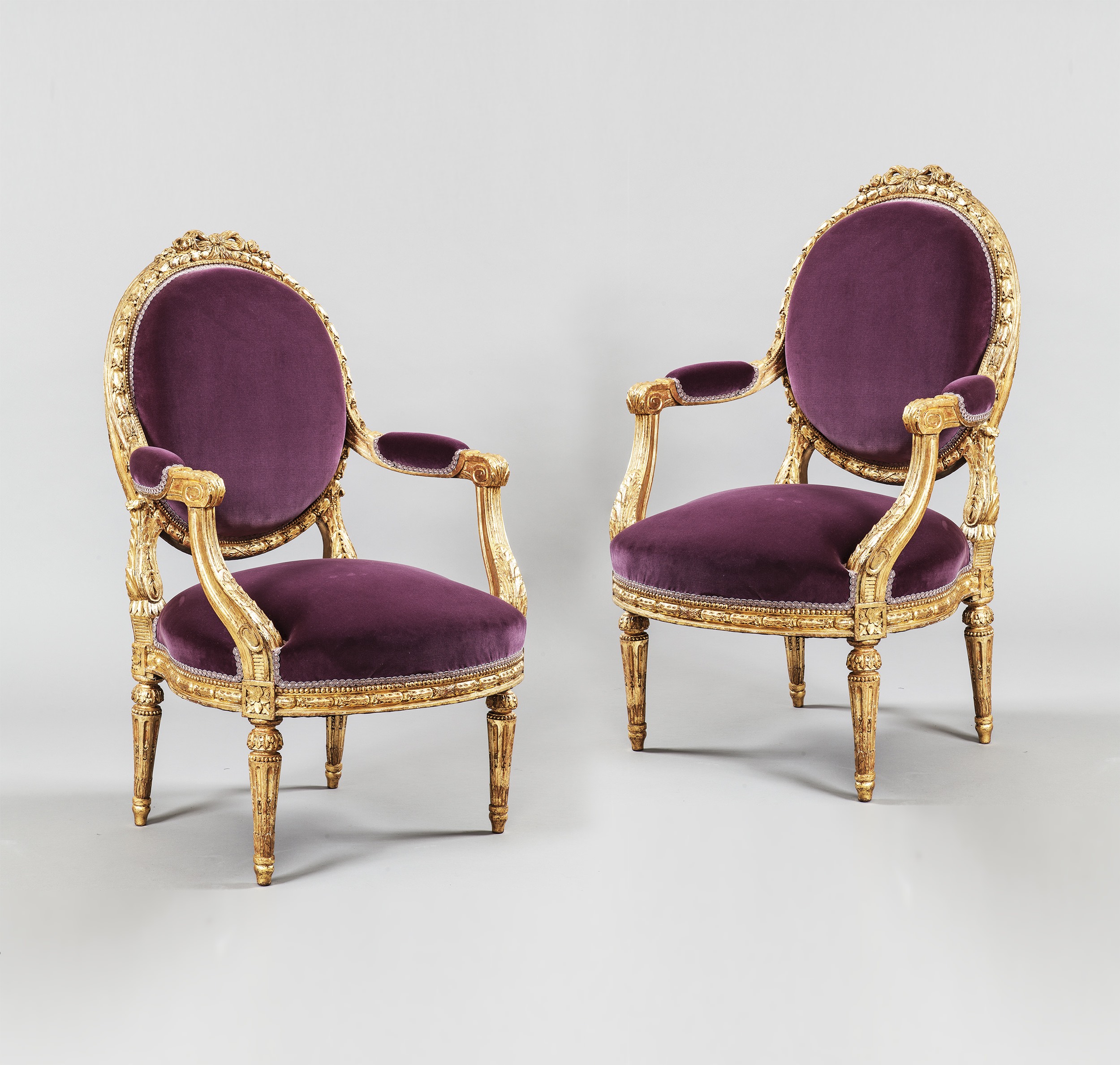
Figure 8. A Pair of Fauteuils in the Louis XVI Manner. Butchoff Antiques, London.
Although the reign of Louis XVI and Marie-Antoinette did not last, the associated style of decoration and furnishings of this period have been long regarded and admired, and artifacts of this prominent aesthetic will continue to be highly valued and collected.
![A Fine Guéridon in the Manner of Adam Weisweiler by Henry Dasson Constructed in Brocatelle d'Espagne marble and mahogany, with finely cast and chased gilt bronze mounts; the top tier of circular form supported on cluster legs of bamboo shape in the typical manner of Weisweiler. The columns joined by a concave-shaped lower tier supported by flared feet dressed with gilt bronze sabots. This celebrated model of gueridon exemplifies the height of taste at the end of the eighteenth century, it was given by Madame du Barry (1743-1793) to the duc de Brissac, delivered by Lignereux and Daguerre. Daguerre's inventory describes a table of corresponding description "Une petite table ronde forme de guéridon en racine de bois d'acajou poli sur trois pieds doubles en bronze doré façon de bambous avec entrejambe à tablettes et camé de porcelaine ornant la tablette supérieure prisée trois cent francs." (Segoura, Maurice, and Patricia Lemonnier. Weisweiler. Paris: Monelle Hayot, 1983.) Henry Dasson became renowned in the nineteenth century for his furniture based on historical designs, often incorporating stylistic elements created by Weisweiler (see Payne, Christopher. Paris Furniture: The Luxury Market of the 19th Century. [S.L.]: Editions D'art Monelle, 2018.). Christopher Payne maintains that "His [Dasson's] best work must be the combinations of elements from Riesener and Weisweiler in a modernised Louis XVI manner" (p. 315) as seen in the present gueridon. Signed and dated 'Henry Dasson. 1878.' French, 1878 Dimensions: H: 26 in / 65 cm | Dia: 15 in / 37 cm](https://images.butchoff.com/magallery/ButchoffMedia/BlogDescription/1922019T165331.26.jpg)
Figure 9. A Fine Guéridon in the Manner of Adam Weisweiler, by Henry Dasson. Previously with Butchoff Antiques, London.
by Rainier Schraepen

 Vip access
Vip access

 Favourites
Favourites






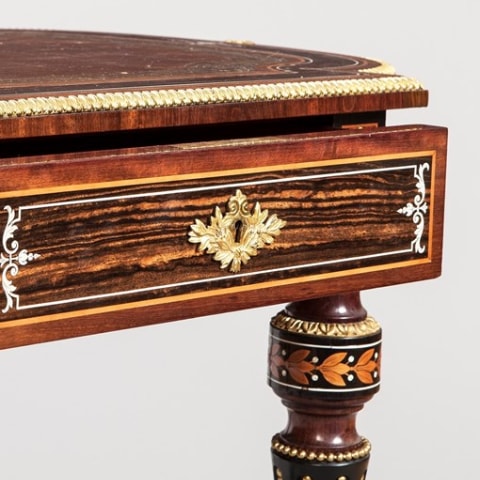
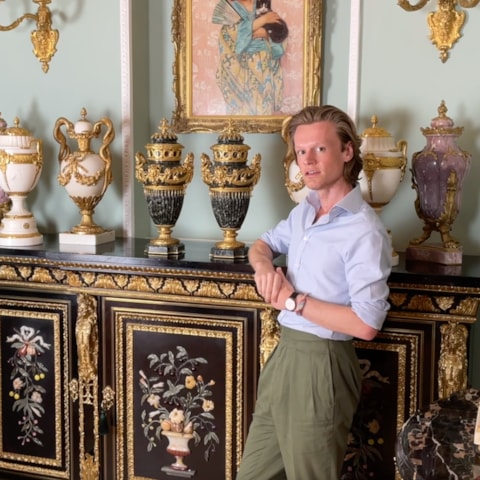
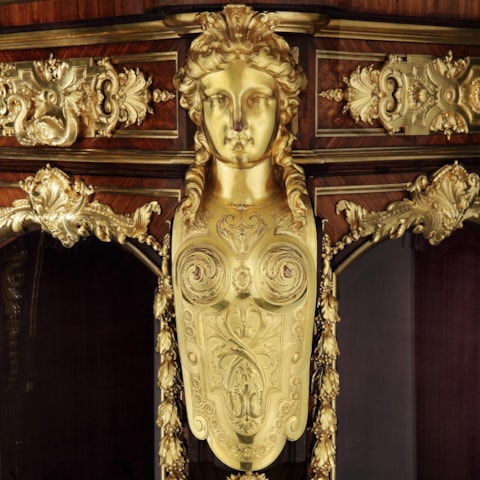
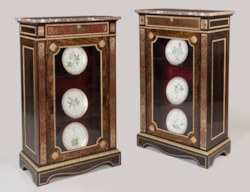


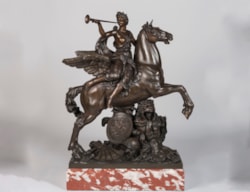
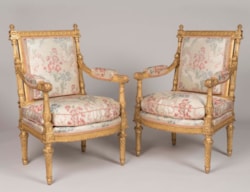
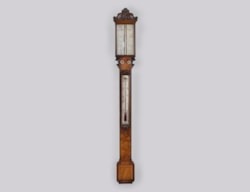
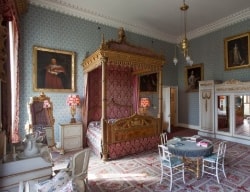
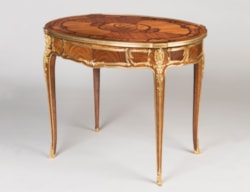


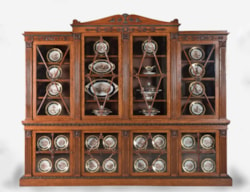
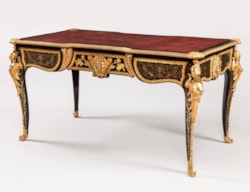
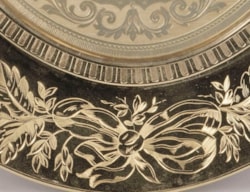


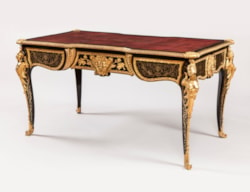

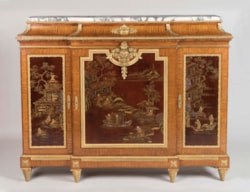
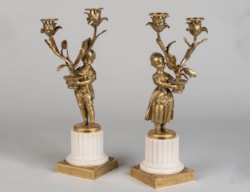
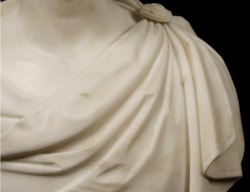
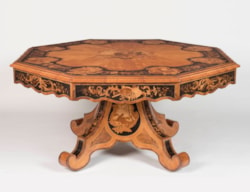

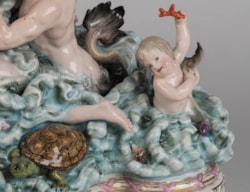
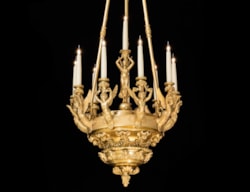
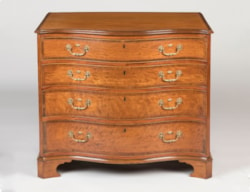
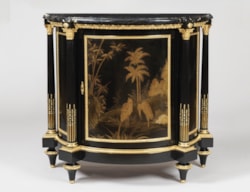
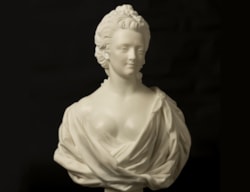
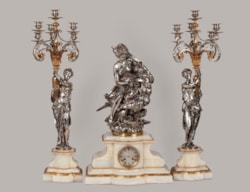
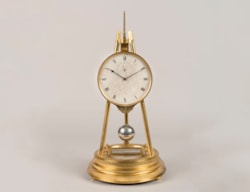
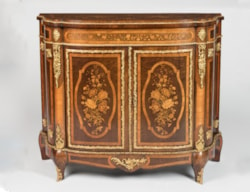
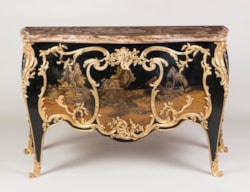
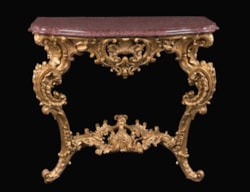
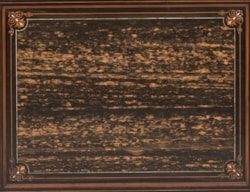

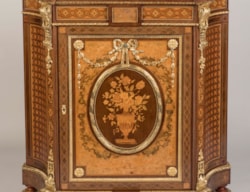

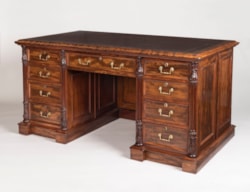
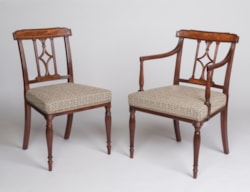
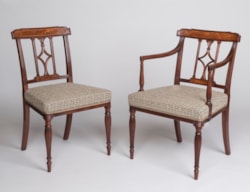
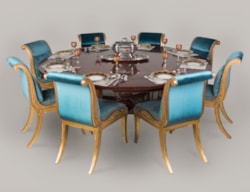

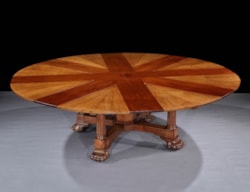
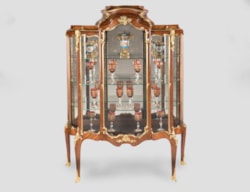
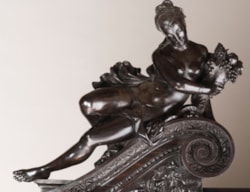
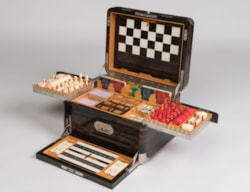

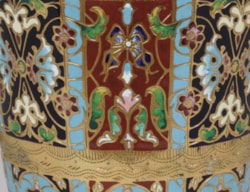

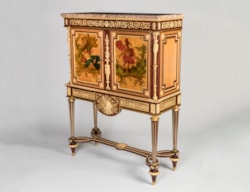
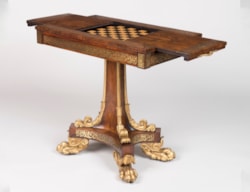
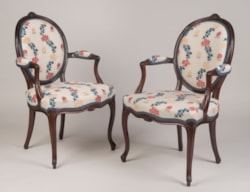
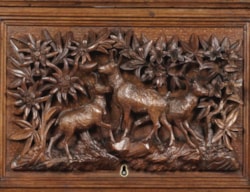
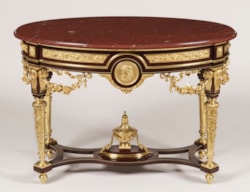
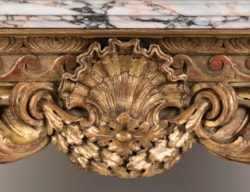
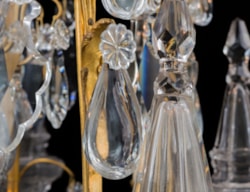
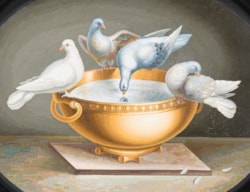
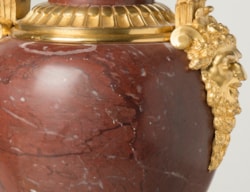
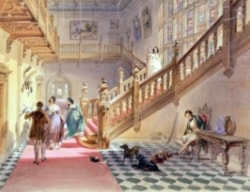
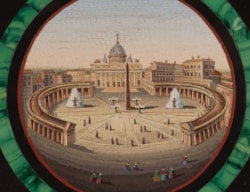
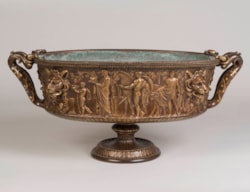

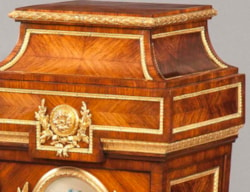
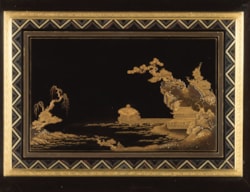
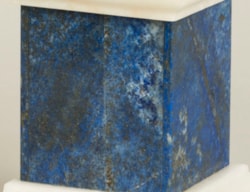
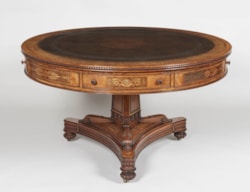
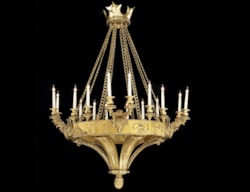
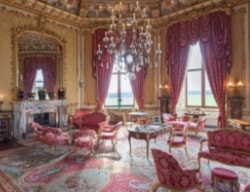
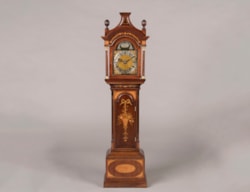
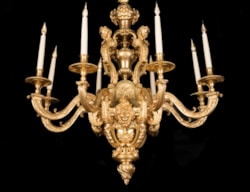
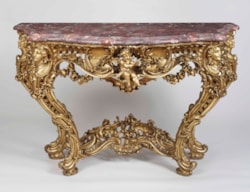

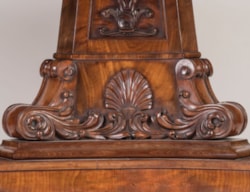
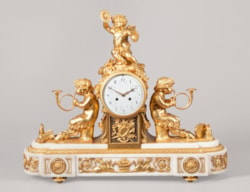
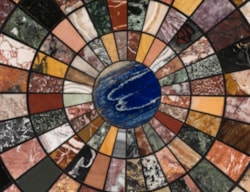
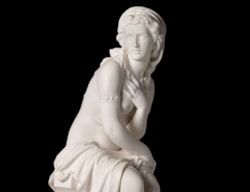
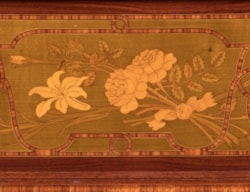

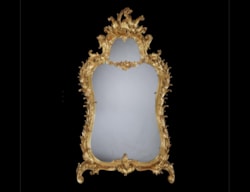
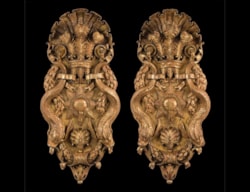
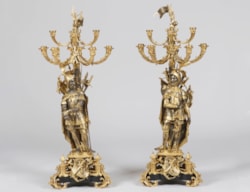
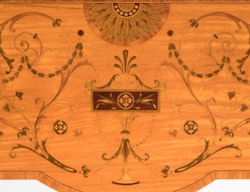
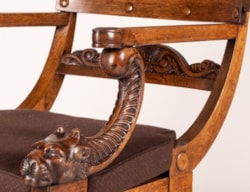
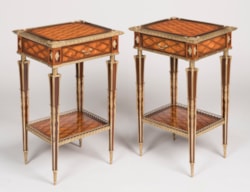
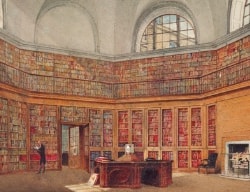
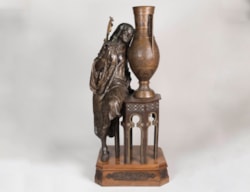
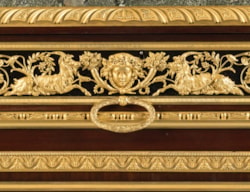
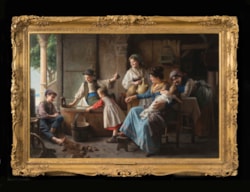


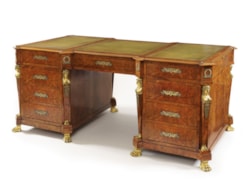
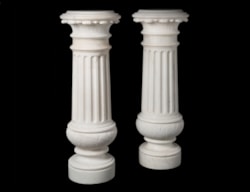
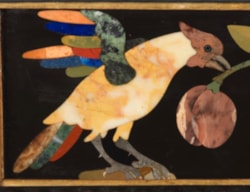
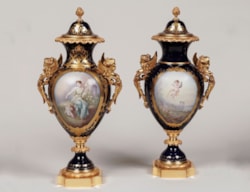
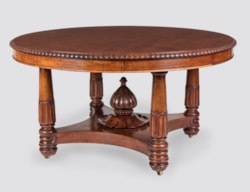
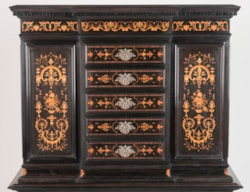
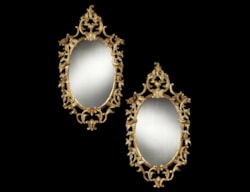

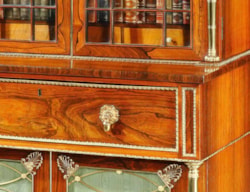
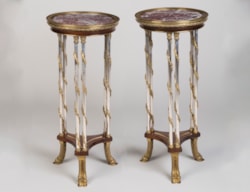
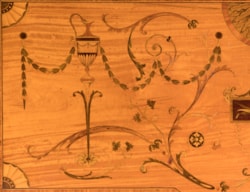
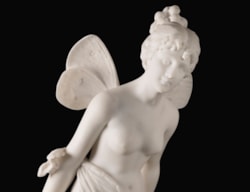
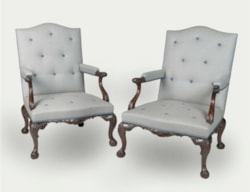
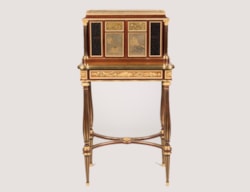
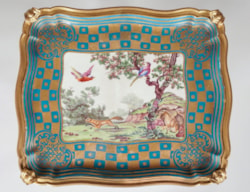
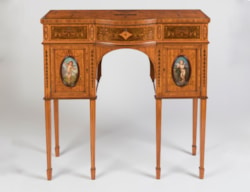
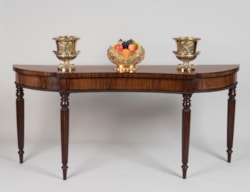
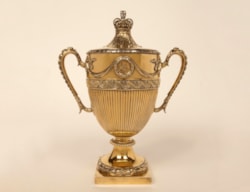
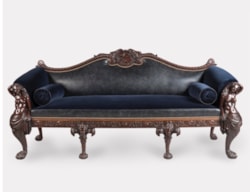
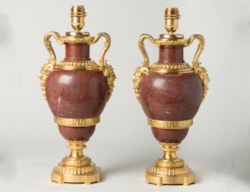
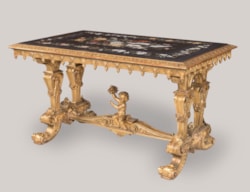
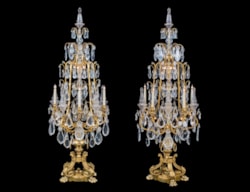
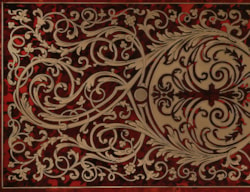
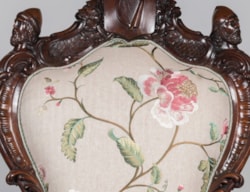
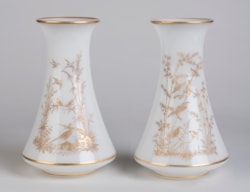
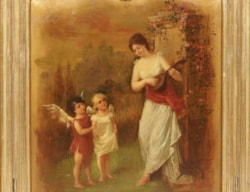
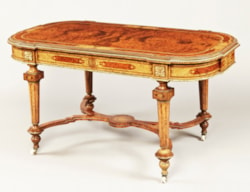
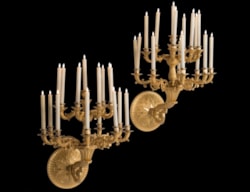
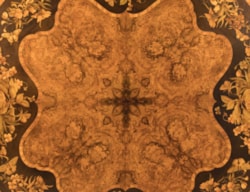
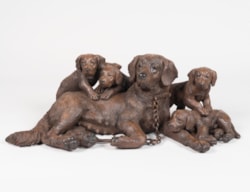
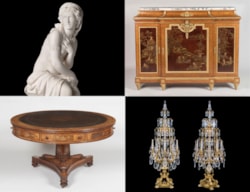


 Read More
Read More